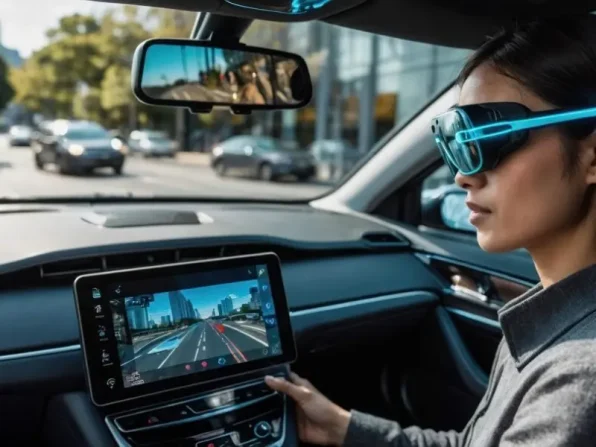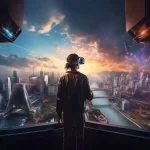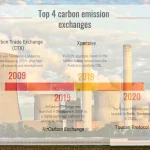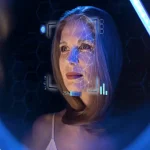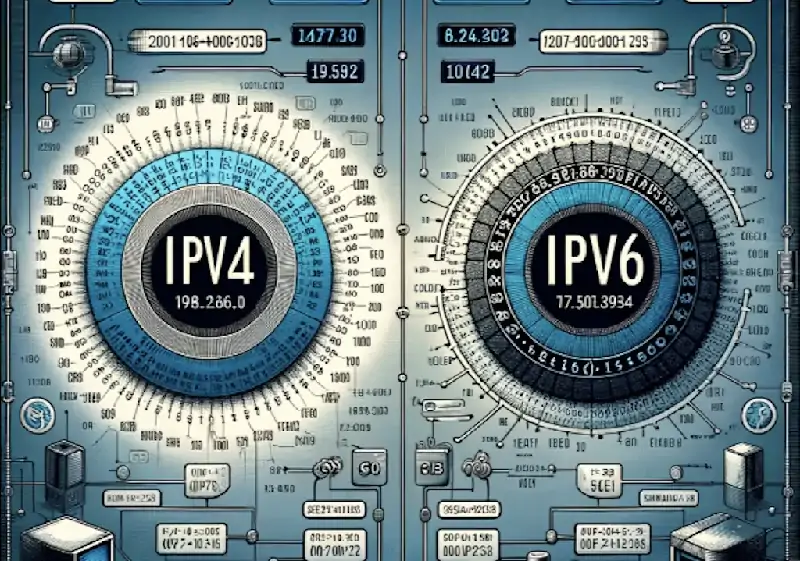- The inaugural Polestar Day showcased the future of its EVs with cutting-edge technology and new launches.
- Polestar 3 Zone highlights V2G technology, offering energy savings and grid support.
- Polestar 4 and 5 Zones reveal advances in ADAS, autonomous driving, and fast charging tech.
Polestar, the pioneering electric vehicle manufacturer, recently held its first ‘Polestar Day’ event, offering attendees a sneak peek into the future of electric mobility. The event, showing off cutting-edge technology and electrification innovations, was a captivating platform illustrating the next step in EV design.
Also read: UK aims for fully self-driving cars by 2026
Thomas Ingenlath leads Polestar’s visionary showcase at historic Barker Hangar
The historic Barker Hangar in Santa Monica, Los Angeles, once the birthplace of the world’s first commercial aeroplane – the Douglas DC3 – recently played host to a new kind of innovation in mobility: the future of Polestar. Within the hangar doors, guests experienced an immersive showcase celebrating our passion for design, innovation, sustainability, and performance, revealing what lies ahead for Polestar.
As the 43-foot tall metal doors shut, Polestar CEO Thomas Ingenlath ascended the stage for a keynote addressing design, collaboration, and most crucially – innovation.
“Today is about giving you unique insight into the work that we have been doing in collaboration with our partners. We want you to leave with a sense of inspiration and excitement for what lies ahead,” he said. The Barker Hangar was sectioned into four distinct zones, each offering a glimpse into various facets of Polestar’s vision and range of vehicles, along with its tech and innovation partners.

Polestar 3 zone highlights revolutionary V2G technology for a sustainable future at Polestar Day
The Polestar 3 Zone served as a display of material innovation and energy technology, inviting guests to delve into the smart energy storage capacity of the Polestar 3 comprehensively.
The average car remains idle for 90 percent of the time – yet, imagine if it could be equally beneficial when stationary as when in use. This is where vehicle-to-grid (V2G) technology comes into play. This technology enables cars to not only draw energy but also contribute back to the grid, integrating seamlessly into an energy ecosystem.
For Polestar Day, the V2G pilot project was demonstrated using a miniature 3D model of Los Angeles, which could be illuminated by proportionally scaled Polestar 3s. Each car could potentially release energy back into the home, offering savings during peak times, or be sold back to the grid, aiding in balancing demand and supporting a more sustainable energy system.“The customer does not need to do anything – they simply plug in their charger, fill in their weekly schedule of when they need to drive their car, and smart charging technology will handle the rest,” said Polestar’s Head of Global Communications & PR, Tanya Ridd.
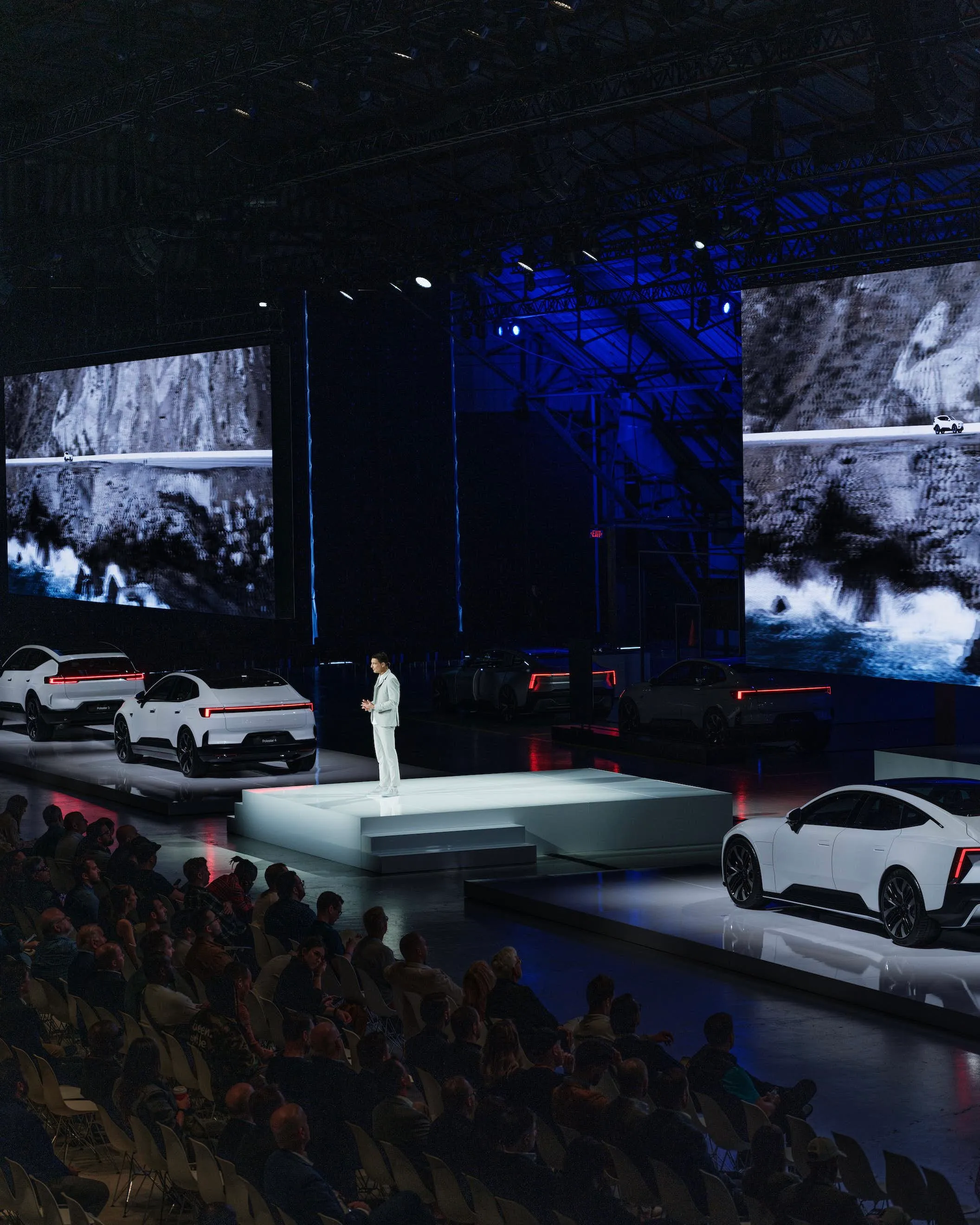
Polestar 4 zone: showcasing advanced ADAS and the future of autonomous driving
Adjacent to this, the Polestar 4 Zone beckoned visitors to immerse themselves in the sophisticated radar and camera-based ADAS technology of the Polestar 4. A cleverly designed ‘x-ray scanner’ offered a vivid visual representation of the myriad cameras and sensors that power Mobileye’s SuperVision technology, stretching from the frunk to the trunk.
The Polestar 4‘s digital rear-view mirror was also on display – magnified to grand proportions. Guests could experience the expansive 120-degree field of view, truly understanding its impact. Seated in plush Polestar seats, they discovered how the revolutionary design of the Polestar 4, which replaces the traditional rear window with a digital rear-view mirror, is transforming the rear occupant experience. Each demonstration concluded with a delightful photo opportunity, allowing guests to take home a unique digital rear-view mirror selfie as a memento.Furthermore, the recently announced collaboration with Mobileye and Luminar to integrate LiDAR into the Polestar 4 in the future unveiled a roadmap towards autonomous driving capabilities. This development makes the future of the Polestar 4 even more thrilling and forward-thinking.

Polestar event spotlights breakthroughs in EV charging and sustainable material innovations
The Polestar 5 Zone at the event highlighted revolutionary advancements in electric vehicle (EV) charging technology, thanks to Polestar’s collaboration with StoreDot. This zone was particularly energetic due to the presentation of extreme fast charging (XFC) technology, which promises to significantly reduce EV charging times. StoreDot CEO Dr. Doron Myersdorf emphasized that this technology will soon make charging anxiety obsolete, equating the speed of charging an EV with the convenience of refueling a traditional internal combustion engine car.T
he Material Innovation Zone marked the final stop, showcasing Polestar’s dedication to sustainability. This zone displayed materials from collaborations with Polestar 0 project partners such as PaperShell, Hydro, SSAB, and Dama BioPlastics, giving guests a tactile experience of next-generation sustainable materials. A highlight was the 100% recyclable Tom Dixon HYDRO chair, inspired by the automotive industry and shaped through a process known as superplastic forming, traditionally used in automotive manufacturing.


